Click on photo to start video.
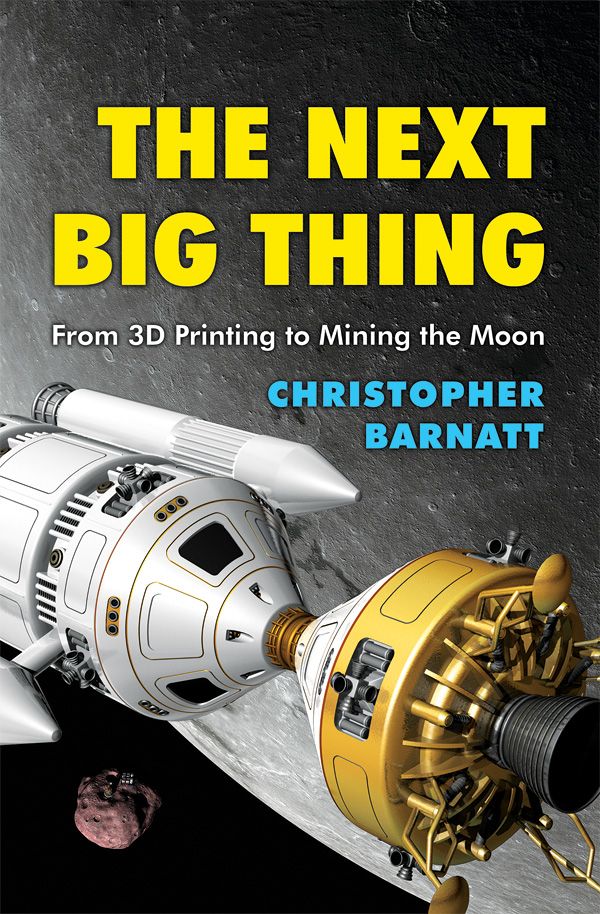
Futurist Christopher Barnatt is the author of two 3D printing books, and is well known in the 3D printing community. His latest book — “The Next Big Thing: From 3D Printing to Mining the Moon” — covers far more than additive manufacturing. But as “3D Printing” is in the sub-title, we thought we’d ask him what it is all about.
3Ders: “The Next Big Thing” is a very broad title, so can you tell us what the book covers?
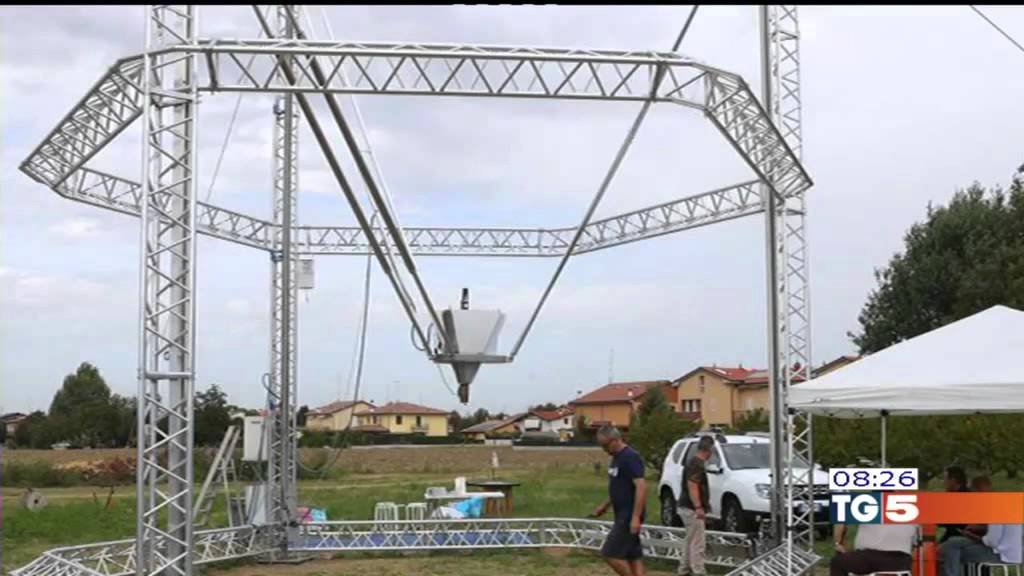
They want to use the printer to build homes for those in need.
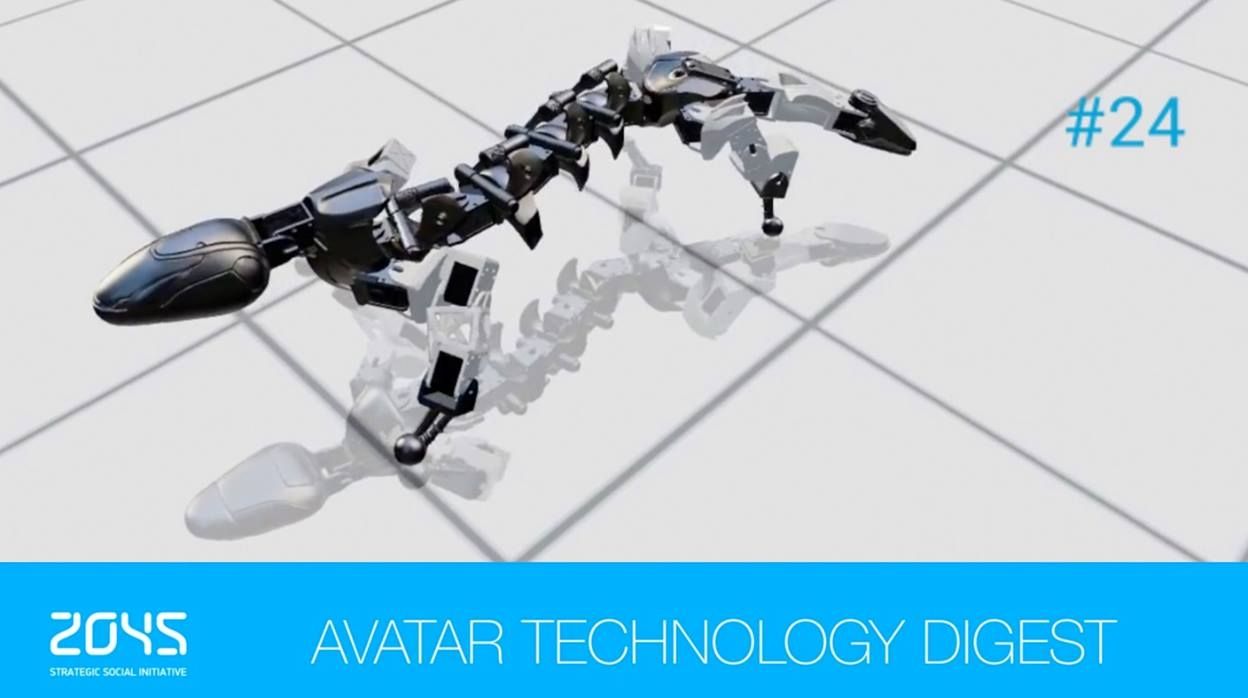
Welcome to #24 Avatar Technology Digest! We provide you with the latest news on Technology, Medical Cybernetics and Artificial Intelligence the best way we can. Here are the top stories of the last week!
1) Did you know that Disney does more than shoot box office hits and sell toys to your kids? They also have a very active Research Department that specializes in a variety of applications that can be used throughout the Disney empire. And now another interesting innovation has come out of the Research Department, as they have developed a method for generating those 3D printable robots without the need for time and energy-consuming work at all.
2) Being able to identify problems with a person’s body without subjecting them to invasive procedures is the fantasy of all Star Trek doctors. There’s even a prize offering a fortune to anyone who can effectively recreate the tricorder technology out in the real world. Now, Stanford scientists think that they’ve developed a system that, in time, could be used to spot cancerous tumors from a foot away.
3) Technology is all around us, but what happened to the robots we dreamed of as kids? The ones who could be our friends and members of our family. The robots who were as smart as our smart phone, but could walk and talk and learn and engage with us, in a way no smart phone ever could. We think the Human-like household robot Alpha 2 by Ubtech Robotics could finally be that robot, and with your support, we can make Alpha 2 a reality.
4) Imagine playing a virtual-reality boxing game, complete with a menacing opponent aiming a haymaker at your head. You get your gloves up in time to block the punch, but you feel no impact when it hits, breaking the otherwise immersive experience.
Researchers in Germany have developed Visual reality technology for an armband that lets you feel impact from virtual interactions.
TV Anchor: Olesya Yermakova @olesyayermakova
Video: Vladimir Shlykov www.GetYourMedia.ru
Hair&Make-up: Nataliya Starovoytova

Futurist Vivek Wadhwa predicts change “at a scale which is unimaginable before,” thanks to advances in technologies like robotics and 3D printing. “New trillion dollar industries will wipe out out existing trillion dollar industries,” he says. “This is the future we’re headed into, for better or for worse.”
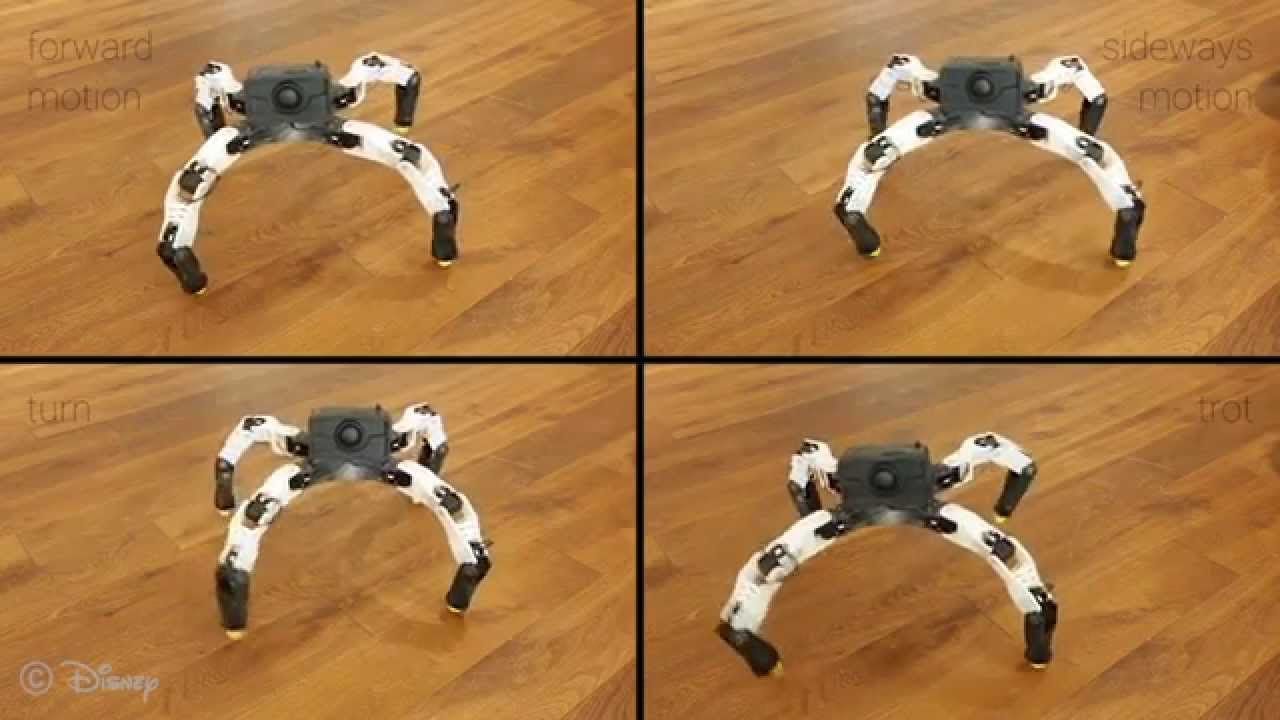
Digital designs for robotic creatures are shown on the left and the physical prototypes produced via 3-D printing are on the right (credit: Disney Research, Carnegie Melon University)
Now you can design and build your own customized walking robot using a 3-D printer and off-the-shelf servo motors, with the help of a new DYI design tool developed by Disney Research and Carnegie Mellon University.
You can specify the shape, size, and number of legs for your robotic creature, using intuitive editing tools to interactively explore design alternatives. The system takes over much of the non-intuitive and tedious task of planning the motion of the robot, and ensures that your design is capable of moving the way you want and not fall down. Or you can alter your creature’s gait as desired.
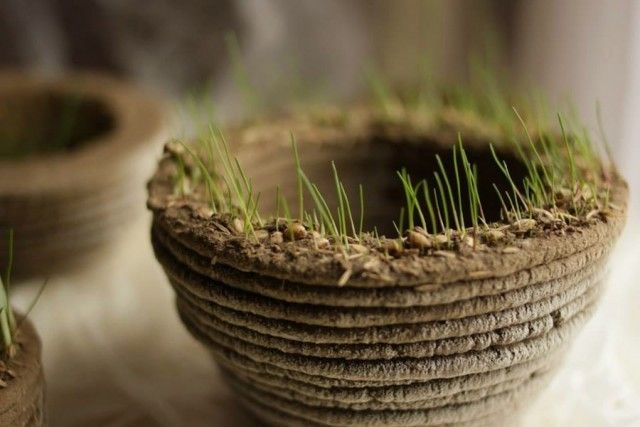
Photo Credit: Printgreen Tiskajzeleno/Facebook
This 3D printer is the dream of every garden lover. Created at the University of Maribor in Slovenia by students Maja Petek, Tina Zidanšek, Urška Skaza, Danica Rženičnik and Simon Tržan, the printer unites art, technology and nature into one.

Pluripotent cells are great, but they can be difficult to steer into growing the way you want. Now scientists have found a new way to create 3D-printed ‘building blocks’ of embryonic stem cells (ESCs), which could be used for growing micro-organs, performing tissue regeneration experiments, testing medication and other biology research purposes.
While bioprinting with ESCs is not entirely new, until recently researchers have only managed to produce two-dimensional sheets of cells. Now a team of scientists from Tsingua University in China and Drexel University in Philadelphia have published a study in Biofabrication, introducing a novel technique for printing a grid-like 3D structure laden with stem cells.
In normal biological conditions ESCs naturally tend to cluster together into spherical ‘embryoid bodies’ – clumps of pluripotent cells which can go on to develop into any type of cell or tissue in the human body.
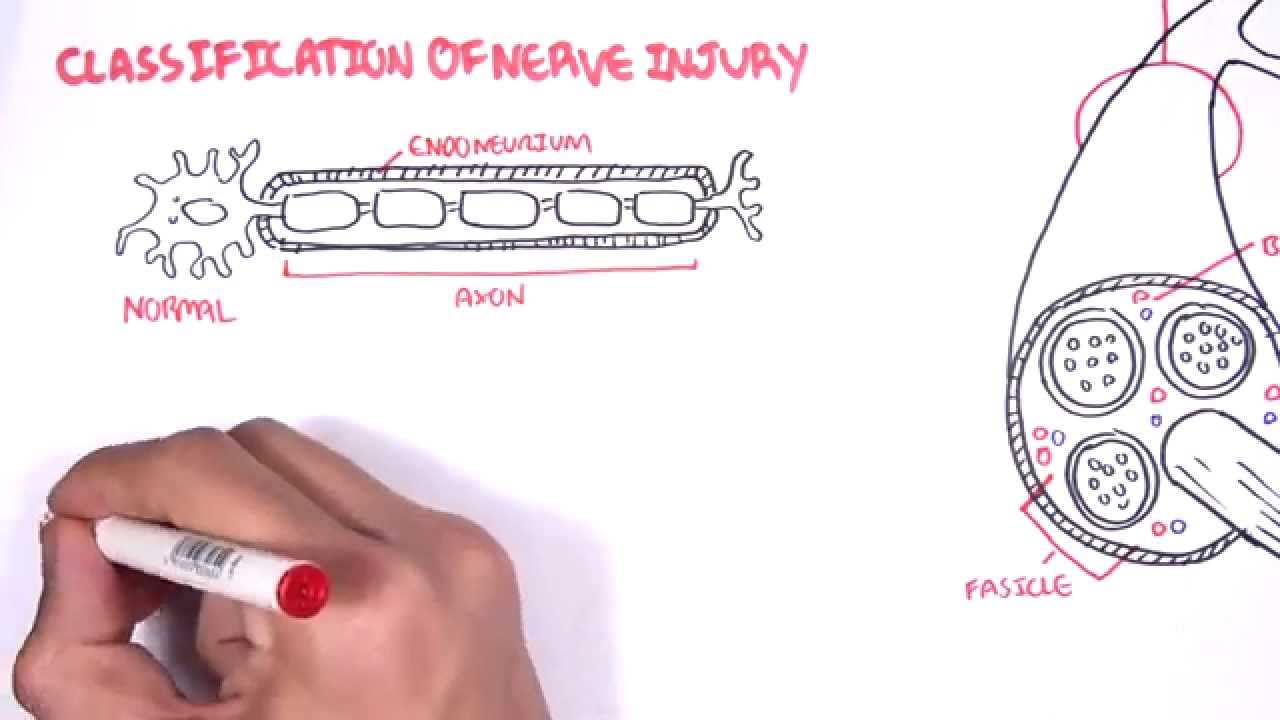
According to the Mayo Clinic, the Nerve regeneration is a complex process, because of its complexity, regrowth of nerves after injury or disease is extremely rare. Nerve damages more often than not are incurable and cause permanent disability, but now the scientist has proved that Advanced 3D printing methods could hold a possible cure for such patients.
To prove the proof of concept, a physically disabled rat was chosen as a test subject. The scientist used a specially designed 3D scanners and 3D Printers to create a custom silicone guide, 3D-printed chemical cues were added to the guide to promote both motor and sensory nerve regeneration. This was then implanted into the rat with surgically grafting it to the cut ends of the nerve. The operation was a extremely successful and the rat showed tremendous improvement in the way it walked within 10 to 12 weeks.
The Lead researcher of this medical breakthrough, Michael McAlpine, a mechanical engineering professor from the University of Minnesota said “This represents an important proof of concept of the 3D printing of custom nerve guides for the regeneration of complex nerve injuries,”
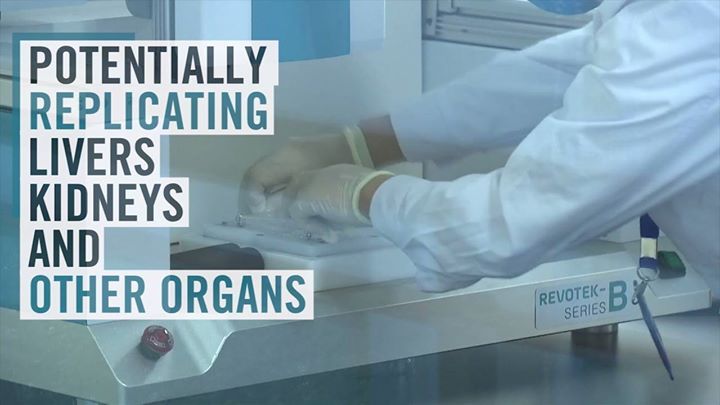
Big news! This 3D printer is our first step towards manufactured human organs. For perspective, the device can print a 100-cm blood vessel in two minutes.
Tag someone who’s as excited about this as we are!
–
LIKE TestTube Video for new videos daily!